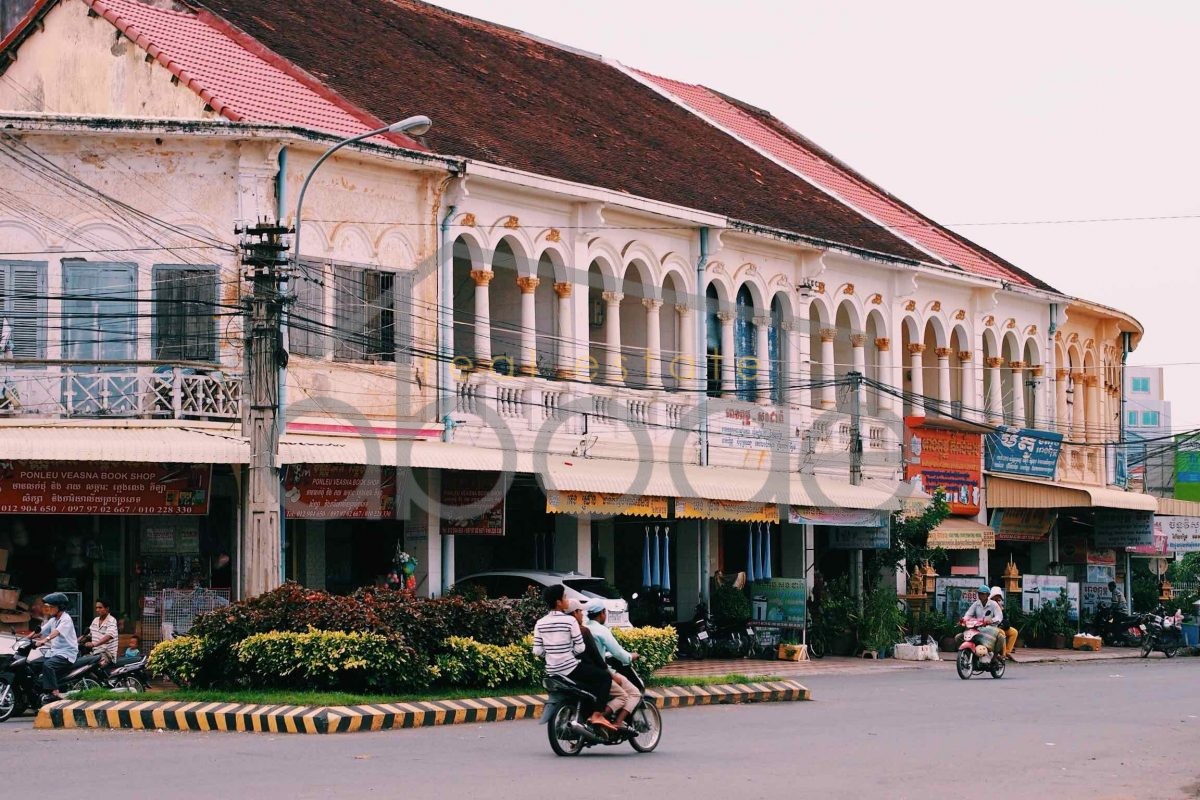The third largest city in the amazing Kingdom of Cambodia and the capital of the same-named province is Kampong Cham.
It has traditionally been a significant commercial and transportation hub due to its Mekong River location and proximity to Phnom Penh (123km) and Vietnam.
The Mekong River’s principal means of transportation, bullet boats, can take you here in less than two hours from Phnom Penh.
Because of the outstanding condition of the highway, you can drive in about the same time, but whichever way you go, it’s a great ride with views of the surrounding countryside or a river region.
With its lively morning river scene and broad boulevards along the river, the town itself is quaint and endearing.
It’s a good starting point because there are a few interesting things close by and because it’s on the route by boat or road to the provinces of Kratie, Mondulkiri, Rattanakiri, and Stung Treng.
A new temple is being erected in and around ancient ruins in the town, and large ferry boats transporting people and cargo across the Mekong are being built directly adjacent to the site of the city’s first-ever bridge.
Due to the lack of significant foreign investment and tourism (most visitors from abroad are backpackers), this city is largely underdeveloped, with few modern structures but plenty of French colonial-era architecture.
Although (like many other cities) Kampong Cham is littered with waste, its residents are welcoming and eager to interact with visitors.
Recent initiatives appear to be improving the situation as both Prime Minister Hun Sen and former Governor of Phnom Penh Chea Sophara are natives of this province.
Kampong Cham geography
The province of Kampong Cham borders Kratie to the northeast, Prey Veng to the south, Kampong Chhnang to the west, and Kampong Thom to the northwest.
It is located in the eastern part of Cambodia. With the mighty Mekong across the entire province, it benefits from a prime location and has little to worry about in terms of water supply.
The expansive township, which stretches lazily along the western bank of the Mekong River, has a lot to offer.
This includes temples, vast forests with numerous rubber plantations (leftovers from the French colonial era), and quiet stalls by the river where people can relax and take in the scenery while sipping beer or fresh coconut juice.
The province is conveniently accessible by national route No. 7 with some sub roads you can explore the region by. it is made up of 16 districts, 173 communes, and 1,748 villages. Its coordinates are 12.00 N and 105.46 E.

Good guide to investing
The following is a good guide to investing in Cambodia that is intended to help you steer you away from total financial disaster.
The real estate market here is extremely varied, more so than most countries, which can make investing either a smooth, hassle-free journey or a potentially rocky one.
What separates a successful from unsuccessful investor is not pure luck, as many think, but the ability to recognise and avoid mistakes.
My 2nd home program
Cambodia my 2nd home (CM2H) is an innovative initiative recently launched by KHCA (Khmer Home Charity Association) in association with the Ministry of Interior (MOI).
Its aim is to help foreign nationals enjoy a raft of measures to facilitate sustainable living and business in the Kingdom.
Benefits for participants in the program include a 10-year unlimited entry / exit visa.
After 5 years, they are eligible to apply for a Cambodian passport and can fully enjoy the advantages of the dynamic ASEAN network.
READ MORE ABOUT THE CM2H PROGRAM





